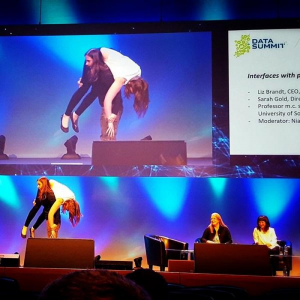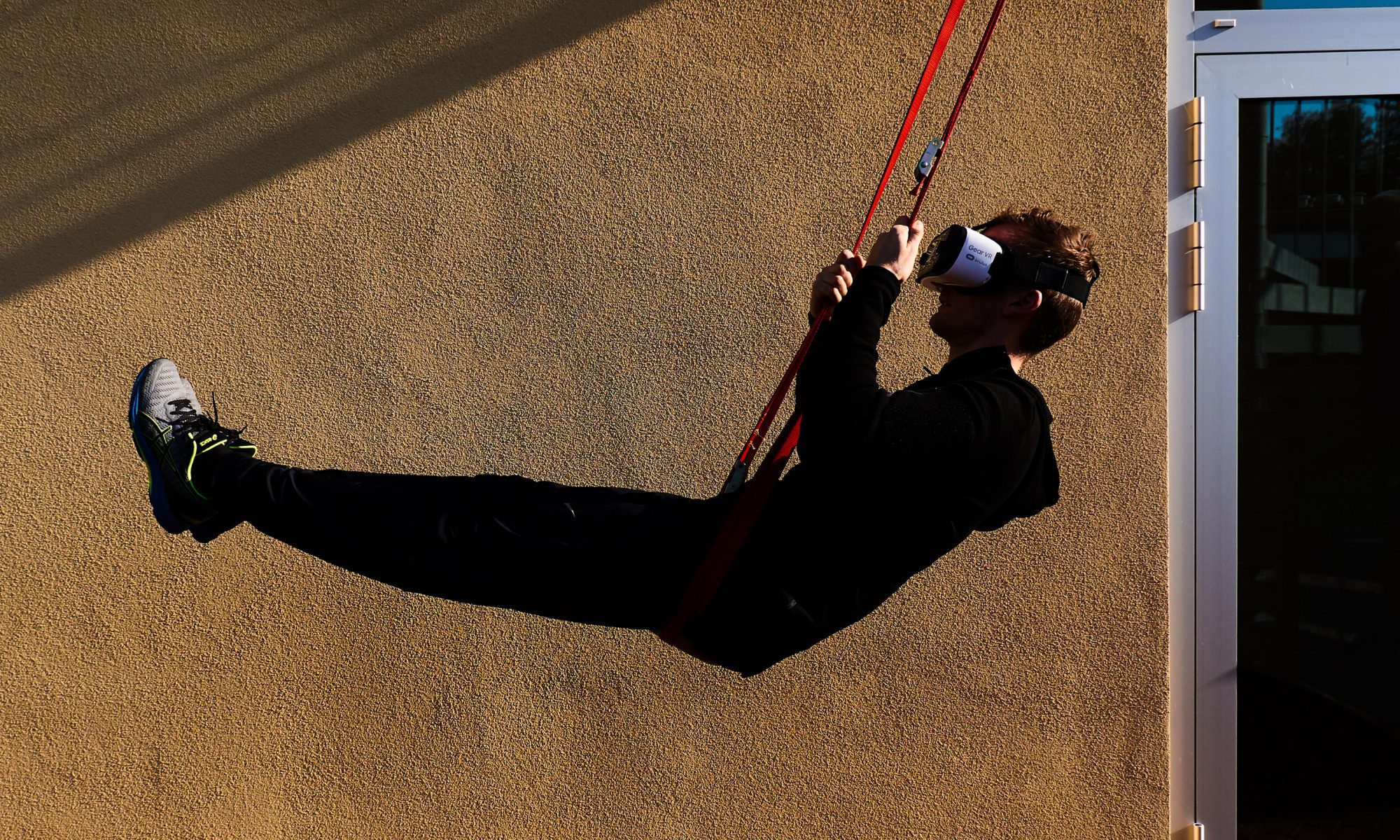A question that is constant in the strength building community is about what’s the best thing to do to build muscle? or for some best way to just to build strength?

EASY – work a muscle till its close to, or is, pooped. Rest. Think about doing it again.
In recent work the components of this heuristic have been assigned the acronym FITT – frequency, intensity, type, and time. In summary, the biggest pay off for building strength is not number of sets, not load, not “time under tension” – but the I of INTENSITY – which in this case means getting to what the authors call “volitional fatigue” in whatever movement is being done. (aside: For muscle geeks out there, this has been quite the shift in understanding – as described in this study)

The main part of this heuristic is: “volitional fatigue” – getting to a place where it’s getting hard to get in that next move. Let’s break this down to consider MOVEs first in this RET context, and then Volitional Fatigue, and then ways to get there.
By move in this case, the literature focuses on Resistance Exercise Training (RET). That is movement that focuses on taxing skeletal muscle (the muscles around our joints like legs, back, neck, hands, toes) by having it work to resist gravity (as per the previous post about how movement is all about gravity).
In the book the Anatomy of Movement, there’s a lovely conceptualization of “Resistance” in terms of this relationship with gravity. When we just let a limb go, or drop, we offer gravity no resistance. When we lift that limb – we are using our muscles, and thus resisting gravity. As noted last week, no gravity, no resistance, no movement. Falling onto the bed at night? no resistance – a very short free fall going WITH the force of gravity. Getting up in the morning: resistance 🙂
COUNTING We often measure our work in such contexts by reps (the number of times we do a movement) sets (the number of reps we put in before a break) and recovery (the time between sets). [More on Set, Reps, Blocks, and Moves here]
Upper/Lower Focus in Moves In RET work, particular movements focus on different muscles or muscle groups, like arms, back, butt, legs, etc. In our work we’re usually focusing on compound movements that involve multiple joints. So a pull up works arms, upper back, a whole lot of abdominal (core) area, some chest.

The image above shows the main muscles “worked” in a deep squat. You can see: its mostly a lower body working move: butt and top of legs are the main areas worked – so this is also where you’d expect to feel fatigue.
ADJUSTING MOVES TO WORK FOR YOU These resistive movements are often characterized in terms of fundamental movement patterns: push, pull, squat, rotate, carry. We can do this kind of RET with just our bodies (often called “calisthenics); we can also add load to any of these movements with specifically weights, elastic bands, shopping bags, small pets, colleagues

ADJUST THE MOVE TO SUIT YOU – If we can’t even do the movement with our body weight – we adjust it to a place where we can; if our body weight is too light to produce that challenge (with a reasonable number of reps) we adapt in the other direction.
Another related attribute to building strength in doing this work is to focus on “maximally contracting” the muscles while doing the movement. In other words – if it’s easy to get in ten reps of push ups for example, if you focus on squeezing all the muscles involved throughout that whole movement, the effects are greater for strength/hypertrophy. Which in the experience of folks also tends to get to that fatigue point sooner, too.
Exploring Fatigue
The way we build fatigue? usually looked at WITHIN sets. SO, with a given load (like one’s body weight) how many reps of squats for example does it take to have those main involved muscles get to fatigue?
Thus, good focus on what we’re doing with our bodies, making every part of a rep work and count – no just going through the motions – is a big win.
CAVEAT: in the resistance training and particularly body building world one talks a lot about “going to failure” – where you can no longer execute a properly formed movement – whether a squat, dumbbell curl, whatever. We are not talking about necessarily hitting that total failure point. Pavel Tsatsouline, the guy responsible for bringing kettlebells to the attention of folks outside Russia, has always drawn on excellent Russian sports science to say “have a few reps in the tank.” Brad Shoenfield, who has literally written the book on the science of hypertrophy, has seen the research now really support this view. So what we’re talking about is (ok introducing another made up term here ) a FATIGUE RANGE of thinking yes you’d have to really work very hard to get that next move, and might not make it to actually trying to get that next repetition (like another squat another pull up) AND not making it completely. Toast zone (i can see the shirts now). Getting toasty takes on new meaning?
So Fatigue is: towards feeling like you are DONE, or would be if you went a little longer at whatever you’re doing.
Tip to test your STRENGTH focus: what gets you to towards toasty goodness? with as much of your body engaged as possible (to start).
So it’s totally fine to use lighter loads – it will just take a little longer to get to that toasty point of fatigued goodness.

Next time, we’ll look at Toasty Treats throughout the day – what Frank Forencich has called “movement snacks”
BONUS TIP: THE RIGHT KIND OF FATIGUE – Intriguingly IF you’re feeling TIRED in body and soul from work and you haven’t been doing time under tension – going for a walk, skipping some rope, doing some Monkey’s and Froggers, can help break out of that accumulated lack of movement fatigue and give you that REAL physical fatigue that is gonna hit your happy places – where you’ll sleep better too.
